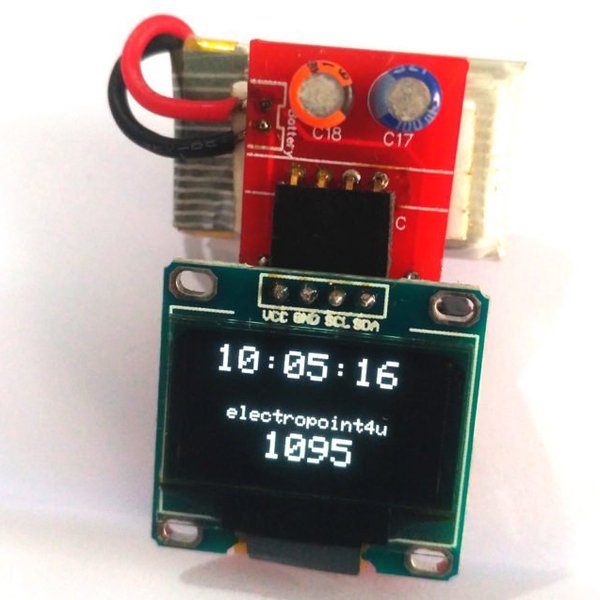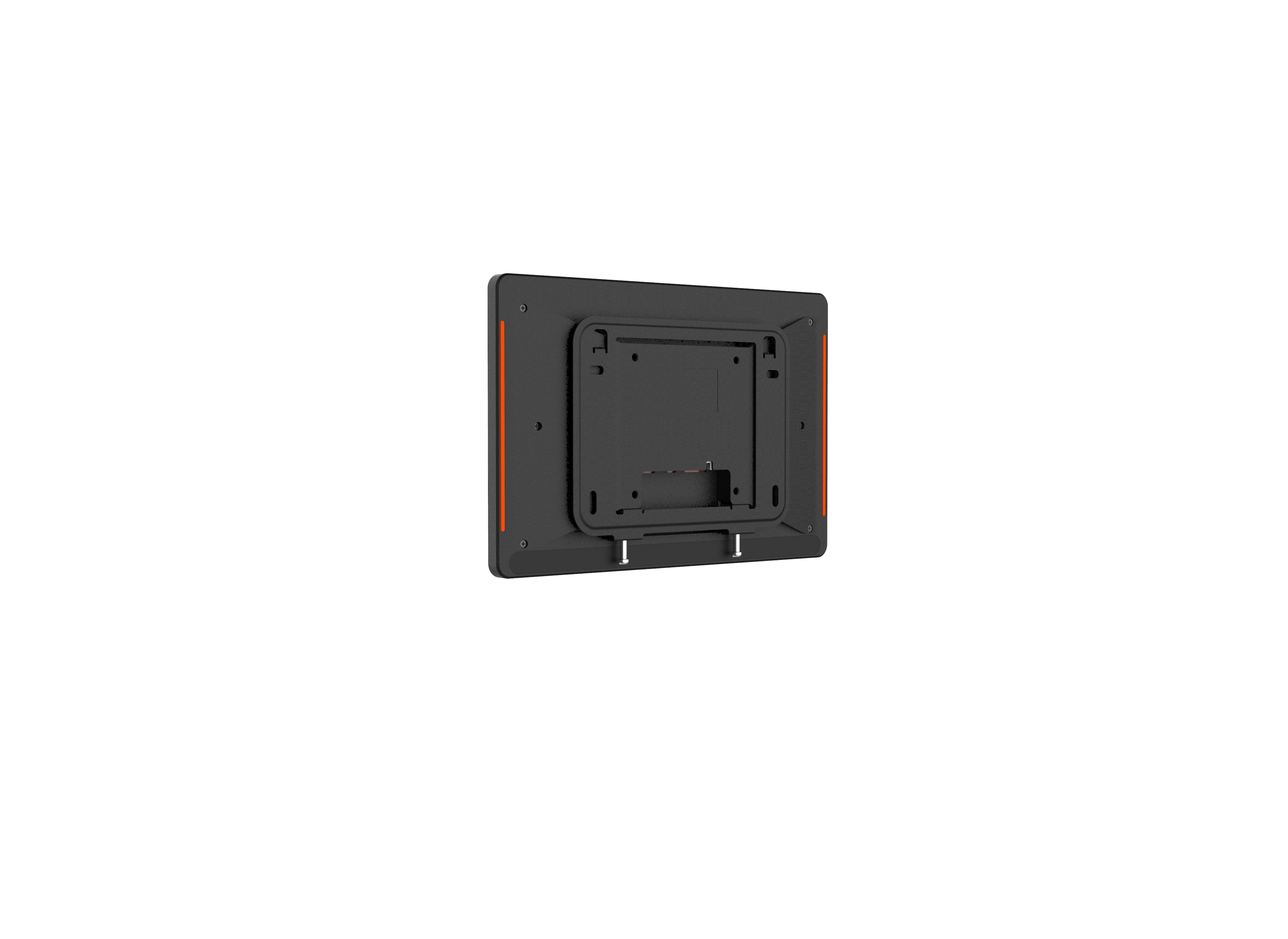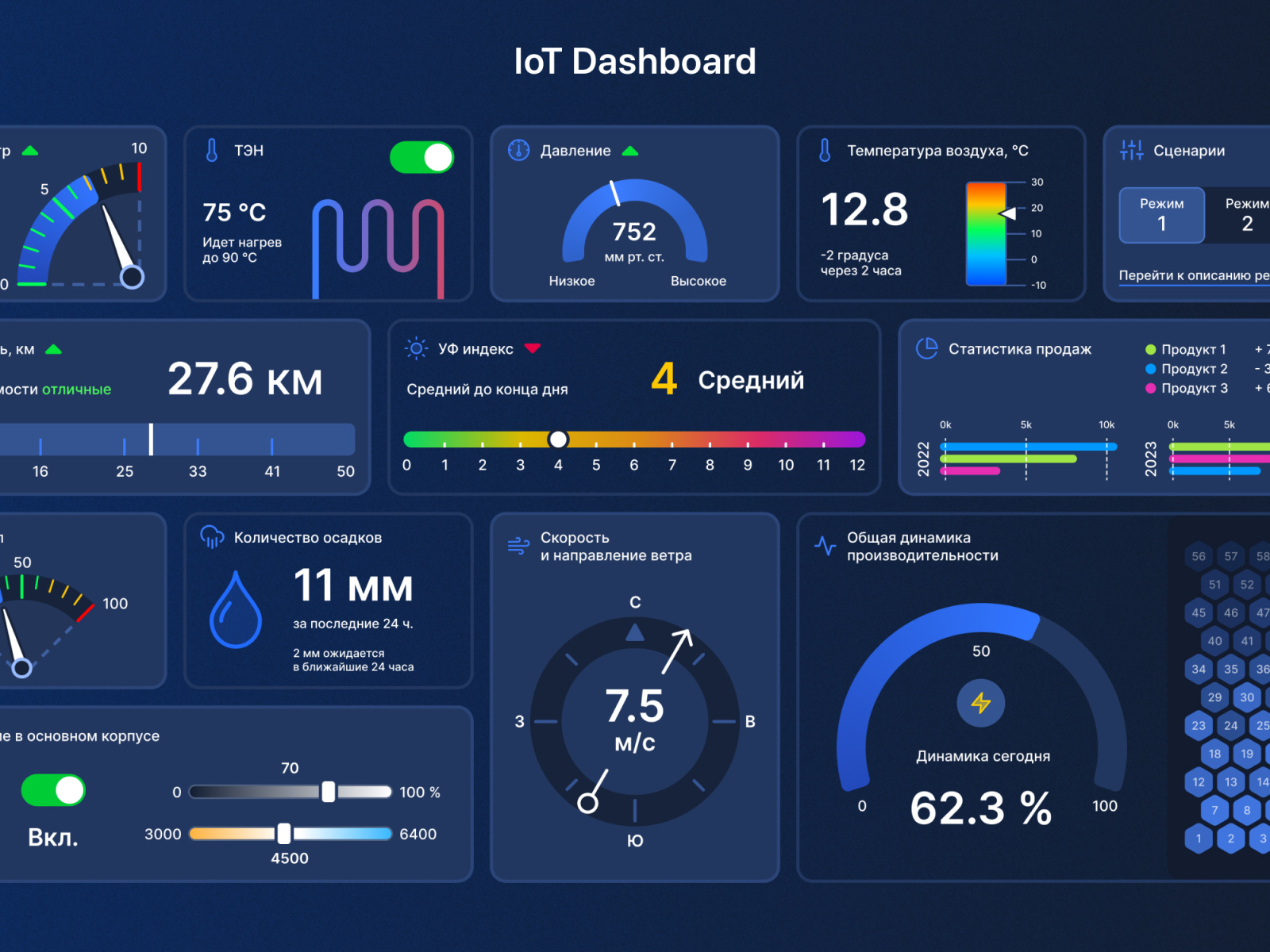In today's digital age, remote IoT display chart free online has become a game-changer for businesses and individuals alike. The ability to monitor and analyze data in real-time from anywhere in the world is no longer a luxury but a necessity. With the rise of Internet of Things (IoT) technology, remote data visualization tools have transformed how we interact with data.
Whether you're a small business owner, a tech enthusiast, or a data scientist, understanding how remote IoT display charts work can significantly enhance your decision-making process. These tools enable users to access, visualize, and interpret data seamlessly, empowering them to make informed choices.
As we delve deeper into this topic, you'll discover the benefits, features, and best practices for using remote IoT display charts. By the end of this article, you'll have a comprehensive understanding of how these tools can revolutionize your data management strategies.
Table of Contents
- Introduction to Remote IoT Display Chart
- Benefits of Remote IoT Display Chart
- Best Free Remote IoT Display Chart Tools
- How to Create Remote IoT Display Chart Online
- Data Visualization Trends in IoT
- Security Considerations for Remote IoT Display
- Real-World Applications of Remote IoT Display
- Tips for Effective Remote IoT Display
- Common Challenges in Remote IoT Display
- Future of Remote IoT Display Chart
Introduction to Remote IoT Display Chart
A remote IoT display chart refers to a digital platform or tool that allows users to visualize data collected from IoT devices in real-time, accessible from any location via the internet. These charts are typically presented in a user-friendly format, such as graphs, dashboards, or tables, enabling users to interpret complex data effortlessly.
One of the key advantages of remote IoT display charts is their ability to integrate with various IoT devices, ranging from smart home appliances to industrial sensors. This integration provides a holistic view of data, empowering users to identify trends, anomalies, and patterns.
Furthermore, the accessibility of these charts online eliminates the need for physical presence, allowing users to monitor and manage their systems remotely. This flexibility is particularly beneficial for businesses with multiple locations or teams working in different time zones.
Benefits of Remote IoT Display Chart
The adoption of remote IoT display charts offers numerous advantages that cater to a wide range of industries and applications. Below are some of the key benefits:
- Real-Time Data Access: Users can access up-to-date information without delays, facilitating timely decision-making.
- Cost-Effectiveness: Many remote IoT display chart solutions are available for free or at a minimal cost, reducing expenses associated with traditional data management systems.
- Scalability: These tools can handle large volumes of data, making them suitable for both small-scale projects and enterprise-level operations.
- Enhanced Collaboration: Team members can share and analyze data simultaneously, fostering collaboration and improving productivity.
According to a report by MarketsandMarkets, the global IoT analytics market is projected to grow from $13.4 billion in 2021 to $48.2 billion by 2026, highlighting the increasing demand for remote IoT display solutions.
Best Free Remote IoT Display Chart Tools
1. ThingSpeak
ThingSpeak is a popular platform for creating remote IoT display charts. It offers a free tier that allows users to store and visualize data from IoT devices. With its intuitive interface, users can generate charts, graphs, and dashboards with ease.
2. Node-RED
Node-RED is an open-source tool that simplifies the process of wiring together hardware devices, APIs, and online services. It provides a drag-and-drop interface for building workflows, including data visualization components.
3. Grafana
Grafana is a powerful analytics and monitoring platform that supports a wide range of data sources, including IoT devices. Its free version offers robust features for creating interactive dashboards and charts.
These tools are widely used in industries such as healthcare, agriculture, and manufacturing, demonstrating their versatility and effectiveness.
How to Create Remote IoT Display Chart Online
Creating a remote IoT display chart online involves several steps, including data collection, integration, and visualization. Below is a step-by-step guide:
- Set Up IoT Devices: Connect your IoT devices to the internet and ensure they are sending data to a cloud platform.
- Select a Visualization Tool: Choose a free or paid tool that suits your requirements, such as ThingSpeak, Node-RED, or Grafana.
- Integrate Data Sources: Link your IoT devices to the chosen platform by configuring API keys, authentication tokens, or other integration methods.
- Create Charts and Dashboards: Use the platform's built-in tools to design charts and dashboards that represent your data effectively.
For instance, if you're using ThingSpeak, you can create a line chart by selecting the "Visualize" tab and choosing the appropriate data fields.
Data Visualization Trends in IoT
The field of data visualization in IoT is constantly evolving, driven by advancements in technology and changing user needs. Some of the latest trends include:
- Interactive Dashboards: Users can now interact with data visualizations, enabling them to explore data in greater depth.
- AI-Powered Insights: Artificial intelligence algorithms analyze data to provide actionable insights, enhancing decision-making processes.
- Mobile Accessibility: Many remote IoT display chart tools now offer mobile apps, allowing users to access data on the go.
A study by Statista reveals that the global market for IoT data visualization tools is expected to grow significantly in the coming years, driven by these innovative trends.
Security Considerations for Remote IoT Display
While remote IoT display charts offer numerous benefits, they also pose security risks that must be addressed. Below are some key considerations:
- Data Encryption: Ensure that data transmitted between IoT devices and remote platforms is encrypted to prevent unauthorized access.
- User Authentication: Implement strong authentication mechanisms, such as two-factor authentication, to protect user accounts.
- Regular Updates: Keep your tools and platforms up to date with the latest security patches and updates.
According to a report by Gartner, organizations must prioritize IoT security to mitigate potential risks and ensure the integrity of their data.
Real-World Applications of Remote IoT Display
Remote IoT display charts have found applications in various industries, transforming how businesses and individuals manage data. Some notable examples include:
1. Smart Agriculture
Farmers use remote IoT display charts to monitor soil moisture, temperature, and other environmental factors, optimizing crop yields and reducing resource wastage.
2. Healthcare
Hospitals and clinics employ these tools to track patient vitals in real-time, enabling early detection of health issues and improving patient outcomes.
3. Manufacturing
Manufacturing plants utilize remote IoT display charts to monitor equipment performance, identify maintenance needs, and enhance operational efficiency.
Tips for Effective Remote IoT Display
To maximize the benefits of remote IoT display charts, consider the following tips:
- Define Clear Objectives: Identify the specific goals you want to achieve with your data visualization efforts.
- Choose the Right Tools: Select tools that align with your technical expertise and budget constraints.
- Focus on Usability: Design charts and dashboards that are easy to understand and navigate, ensuring a positive user experience.
By following these guidelines, you can create remote IoT display charts that deliver meaningful insights and drive business success.
Common Challenges in Remote IoT Display
Despite their advantages, remote IoT display charts also present challenges that users must overcome. Some common issues include:
- Data Overload: Managing large volumes of data can be overwhelming, requiring efficient data filtering and processing techniques.
- Compatibility Issues: Ensuring seamless integration between different IoT devices and platforms can be complex.
- Cost Constraints: While many tools are free, advanced features may require paid subscriptions, limiting accessibility for some users.
Addressing these challenges requires a combination of technical expertise, strategic planning, and collaboration with stakeholders.
Future of Remote IoT Display Chart
The future of remote IoT display charts looks promising, with ongoing advancements in technology and increasing adoption across industries. Key developments to watch for include:
- Enhanced AI Capabilities: AI algorithms will become more sophisticated, providing deeper insights and automating complex tasks.
- Integration with Emerging Technologies: Remote IoT display charts will integrate with technologies such as 5G, blockchain, and edge computing, enhancing their functionality and reliability.
- Greater Accessibility: More tools and platforms will become available, catering to users with varying levels of technical expertise and budget constraints.
As the IoT ecosystem continues to expand, remote IoT display charts will undoubtedly play a crucial role in shaping the future of data visualization.
Conclusion
In conclusion, remote IoT display chart free online solutions have revolutionized the way we interact with data, offering unparalleled convenience, flexibility, and insights. By understanding the benefits, features, and best practices associated with these tools, you can harness their full potential to drive innovation and success.
We invite you to explore the resources mentioned in this article and experiment with different tools to find the one that best suits your needs. Don't forget to share your thoughts and experiences in the comments section below, and check out our other articles for more valuable insights on IoT and data visualization.


